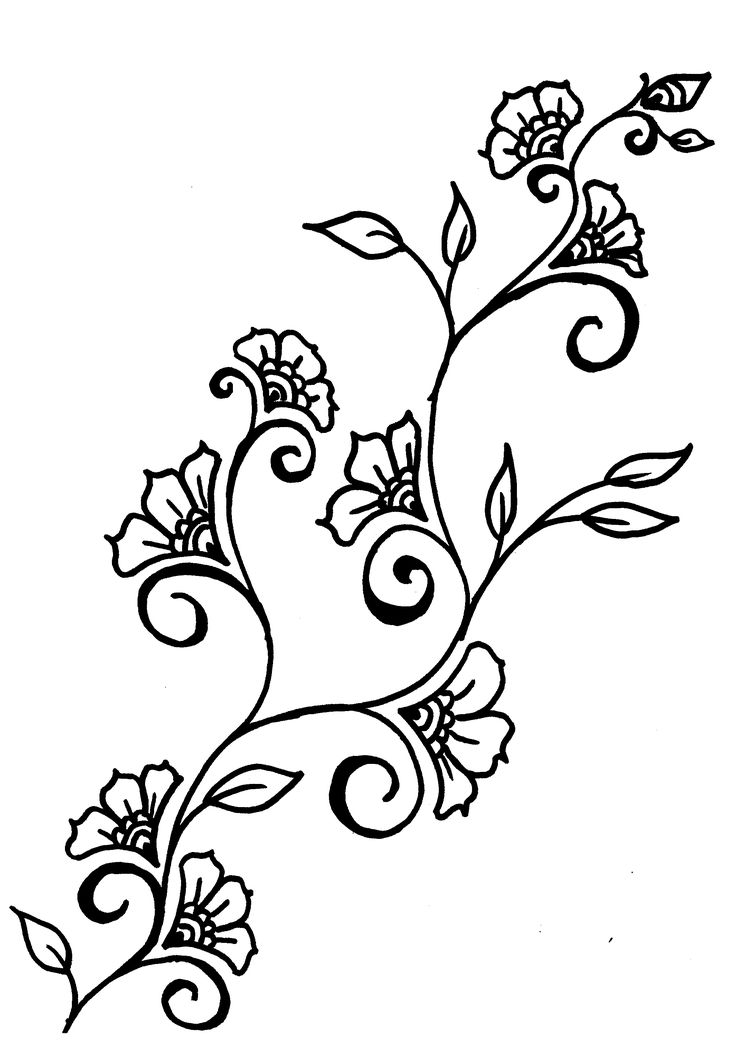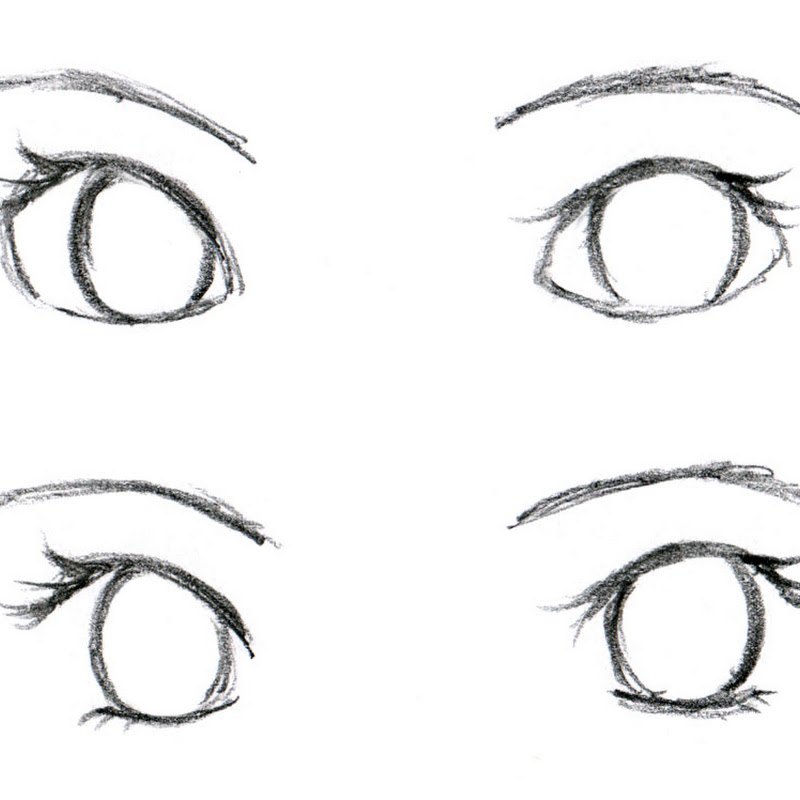Ivy vine drawing at getdrawings
Table of Contents
Table of Contents
If you’re looking to add some natural beauty to your artwork or graphic design projects, then drawing ivy vines is a great place to start. Ivy vines can bring texture, depth, and a touch of the outdoors to your work. Whether you’re a beginner or a seasoned artist, this guide will provide you with the information you need to draw ivy vines successfully.
The Struggle of Drawing Ivy Vines
One of the biggest pain points of drawing ivy vines is getting the line weight and curve just right. There’s also the issue of perspective, with ivy vines likely wrapping around objects and surfaces rather than running in a straight line. It can be challenging to make your drawing look natural and not too stiff or overworked.
How to Draw Ivy Vines
The first step in drawing ivy vines is to determine their placement and perspective. Ivy vines typically follow a predictable pattern, with small leaves sprouting off of a central stem that winds and snakes around objects. Sketch out the basic shape of your vine, and don’t worry about getting all the details right just yet.
 Next, work on the leaves. Ivy leaves are generally heart-shaped and come to a point at the end. They’re also often asymmetrical, with one side of the leaf being slightly larger than the other. Start by drawing small leaf shapes along the vine, and gradually add more detail and texture as you go.
Next, work on the leaves. Ivy leaves are generally heart-shaped and come to a point at the end. They’re also often asymmetrical, with one side of the leaf being slightly larger than the other. Start by drawing small leaf shapes along the vine, and gradually add more detail and texture as you go.
 As you add more leaves to your vine, start to work on the curve of the vine itself. Use a mix of short and long, curved and straight lines to create a natural, organic look. Be sure to vary the size and shape of the leaves as you work, and try to create a sense of depth by overlapping them along the vine.
As you add more leaves to your vine, start to work on the curve of the vine itself. Use a mix of short and long, curved and straight lines to create a natural, organic look. Be sure to vary the size and shape of the leaves as you work, and try to create a sense of depth by overlapping them along the vine.
Tips for Drawing Ivy Vines
Don’t be afraid to sketch out multiple drafts of your ivy vine before settling on a final design. Experiment with different shapes, sizes, and placements until you find a composition that works for your project. Another tip is to study images of real ivy vines to get a sense of their natural shape and movement.
Finally, remember that adding color and texture to your ivy vine can really make it pop. Try using shades of green and brown to create a natural, earthy look, and consider adding some shadows or highlights to create depth and dimension.
The Beauty of Ivy Vines in Your Artwork
Adding ivy vines to your artwork or graphic designs can bring a touch of the outdoors to even the most urban or industrial settings. Whether you’re drawing ivy vines to decorate a page, create a natural border, or add texture to your work, this versatile plant is sure to enhance your creations.
Drawing Ivy Vines with Procreate
If you’re using the digital painting app Procreate, you can easily draw ivy vines by combining different brushes and techniques. Start by sketching out the basic shape of your vine using a thin, light-colored brush. Then, create a new layer on top of your sketch and use a darker, more textured brush to add the leaves and vine texture.
 ### The Best Brushes for Drawing Ivy Vines on Procreate
### The Best Brushes for Drawing Ivy Vines on Procreate
One of the best brushes for drawing ivy vines on Procreate is the “dry ink” brush, which creates a natural-looking line weight and texture. You can also try using the “watercolor” or “organic” brush sets to add some depth and texture to your vines and leaves.
Question and Answer: How to Draw Ivy Vines
Q: What tools do I need to draw ivy vines?
A: All you really need to draw ivy vines is a pencil or pen and some paper. If you’re working digitally, you can use any drawing program, though Procreate is a popular choice.
Q: Can I draw ivy vines realistically without a reference image?
A: While it’s possible to draw ivy vines from your imagination, using a reference image can be helpful for getting the shape, texture, and curve just right.
Q: How do I make my ivy vine drawing look natural?
A: To make your ivy vine drawing look natural, pay attention to the curve and line weight of the vine, and add a variety of leaf sizes and shapes. Try to create a sense of depth and perspective by overlapping the leaves and varying their placement along the vine.
Q: Can I use color and texture in my ivy vine drawing?
A: Absolutely! Color and texture can add a lot of depth and interest to your ivy vine drawing. Consider using shades of green and brown to create a natural, earthy look, and experiment with different brushes and techniques to add texture to your vine and leaves.
Conclusion of How to Draw Ivy Vines
Drawing ivy vines can be challenging, but with some practice and patience, you can create beautiful, natural-looking designs for all of your artwork and graphic projects. By following the tips outlined in this guide and experimenting with different brushes, techniques, and compositions, you can create ivy vines that bring texture, depth, and a touch of nature to all of your creations.
Gallery
Ivy Vines Drawing At GetDrawings | Free Download

Photo Credit by: bing.com / vines drawing ivy vine getdrawings
How To Draw Ivy - YouTube

Photo Credit by: bing.com / ivy draw drawing drawings plants
Ivy Vine Drawing At GetDrawings | Free Download

Photo Credit by: bing.com / vine vines rose drawing flower ivy drawings easy flowers pencil getdrawings
16+ Ivy Vine Drawings - Modern Design 2 | Vine Drawing, Poison Ivy

Photo Credit by: bing.com / ivy vecteezy vines efeu wachsende vectorified danaburnu vektorgrafiken bearbeiten truy cập visionheldup
Ivy Leaves Drawing - Clip Art Library

Photo Credit by: bing.com / clip vine library





